
Choosing the right enterprise platform determines how quickly a business can integrate processes and adapt to changing markets. Many decision makers compare SAP vs Salesforce, yet struggle to see past surface features.
This comprehensive guide breaks the comparison into clear sections and highlights technical distinctions that matter during implementation. Experienced architects and newcomers alike will gain a structured framework for evaluating Salesforce vs SAP without hype.
Keep reading to understand strengths, limitations, and ideal‑fit scenarios, then move toward an informed selection for your digital roadmap.
Table of contents
- What is SAP?
- Top 5 Benefits of SAP
- Integrated End‑to‑End Transactions
- Real‑Time Analytics with HANA
- Industry‑Specific Excellence
- Consistent Audit Trails
- Global Template Governance
- Cons of SAP
- Who Is SAP Suitable For?
- Top Companies Using SAP S/4HANA
- What is Salesforce?
- Top 5 Benefits of Salesforce
- Rapid Configuration
- Unified Customer View
- Continuous Innovation
- Extensive AppExchange Ecosystem
- Low‑Code Process Automation
- Cons of Salesforce
- Who is Salesforce Suitable For?
- Top Companies Using Salesforce
- Comparison Table: Salesforce and SAP
- Salesforce vs SAP Pricing: Which Is Right for You?
- Final Words
- FAQs
- What is the primary architectural difference in SAP vs Salesforce implementations?
- Can a business connect Salesforce and SAP without adding a separate middleware layer?
- Which industries usually favor SAP instead of Salesforce, and what drives that preference?
- How does user licensing compare between SAP vs Salesforce when a company scales quickly?
- Is it common to run a hybrid landscape blending SAP and Salesforce for different functions?
What is SAP?

SAP, which originally stood for System Analysis and Program Development, began in 1972 with a small finance module and has grown into a broad, modular suite that touches nearly every enterprise function. The current flagship, SAP S/4HANA, relies on an in-memory, columnar database called HANA. SAP focuses on accounting precision, regulatory alignment, and repeatable processes across global operations.
Top 5 Benefits of SAP

Below are the best benefits of SAP:
1. Integrated End‑to‑End Transactions
SAP ties procurement, production, finance, and warehousing into one relational structure, and that structure eliminates data silos. Because every posting draws from shared tables, a change in inventory instantly updates cost of goods sold, which then informs profitability analysis without manual reconciliation. This closed loop keeps reports consistent and reduces month‑end pressure on accounting teams.
2. Real‑Time Analytics with HANA
SAP S 4HANA stores operational data in memory, and that architecture speeds up complex queries. Planners can model demand swings during live meetings, then push resulting schedules back into production without waiting for overnight batches. As a result, decision cycles shorten, and inventory buffers shrink while service levels remain stable.
3. Industry‑Specific Excellence
SAP delivers sector templates that embed regulatory rules directly into master data and transaction screens, so project teams start with validated content rather than blank tables. Oil and gas companies gain meter‑reading objects, whereas public agencies receive commitment budgeting functions, and both industries avoid months of custom development. Because these templates integrate with the core ledger, compliance reports pull correct figures from day one.
4. Consistent Audit Trails
Every transactional change records the user, timestamp, and before‑and‑after values, and auditors reach those records through standard reports. When auditors query a suspicious adjustment, controllers trace the original document and show approval steps in a single interface, which reduces audit fieldwork days and lowers consulting fees.
5. Global Template Governance
Headquarters assembles one blueprint covering master data, workflows, and security roles, then regional offices localize tax or language elements without changing the template core. This controlled rollout keeps global analytics aligned across subsidiaries, while local teams still meet statutory filing rules in their jurisdictions.
Boost your career with SAP expertise! Join our SAP for Beginners course and open new opportunities in enterprise tech.
Cons of SAP
- Complex implementation demands extended timelines and significant consulting hours.
- High upfront costs and ongoing maintenance fees increase total investment.
- Customization often requires ABAP programming and specialized skills, slowing down changes.
- The user interface feels less intuitive compared to newer cloud platforms.
- System upgrades and integrations can disrupt core operations if not planned meticulously.
Who Is SAP Suitable For?
- SAP aligns with large or fast‑expanding enterprises that need end‑to‑end material traceability, multi‑currency finance consolidation, and consistent regulatory compliance across regions.
- Manufacturers tracking component genealogy, energy firms handling multi‑time‑zone operations, and government agencies that audit every expense line all find SAP a structured fit.
- Organizations willing to invest in multi‑year transformation programs and robust master data governance usually capture the full value of SAP.
Top Companies Using SAP S/4HANA
- Walmart: Global retail giant leverages SAP S/4HANA for supply chain and finance integration.
- Amazon: Uses SAP S/4HANA across its large-scale operations.
- ExxonMobil: Oil and gas leader uses SAP to focus on integrated asset management.
- Apple: Employs SAP S/4HANA to streamline financial and inventory processes.
- Pfizer: This pharmaceutical company uses SAP for global compliance and finance.
What is Salesforce?
Salesforce started in 1999 as a cloud‑based tool for sales pipeline management. The platform has broadened over the years into sales, service, marketing, commerce, integration, analytics, and application development. Salesforce centers on user experience, swift configuration, and an active AppExchange marketplace that hosts thousands of certified add‑ons.
Top 5 Benefits of Salesforce

Here are the leading perks of Salesforce:
1. Rapid Configuration
Salesforce administrators adjust objects, fields, and validation rules through a graphical setup menu, and those changes propagate instantly to every user. Business stakeholders test revisions in sandboxes on the same afternoon, approve them, and see new forms in production the next day, which accelerates iteration and supports agile governance.
2. Unified Customer View
A single contact record aggregates sales opportunities, service cases, and marketing campaign responses, and that consolidation replaces multiple spreadsheets. When an agent answers a support call, the screen displays recent purchases and open quotes, allowing the agent to propose relevant upsells while solving the immediate issue, thereby boosting both satisfaction and revenue.
3. Continuous Innovation
Three scheduled releases per year deliver enhancements such as artificial‑intelligence recommendations, security updates, and new platform APIs, and these features activate without downtime. Administrators explore release preview sandboxes, prepare enablement plans, and roll out improvements without asking infrastructure teams for patch windows.
4. Extensive AppExchange Ecosystem
The marketplace offers thousands of certified applications that install through guided wizards, and each package passes strict security reviews. Project managers combine e‑signature, subscription billing, and field service apps to assemble complex solutions quickly, while developers focus on unique requirements rather than reinventing commodity features.
5. Low‑Code Process Automation
Flow Builder lets analysts drag decision diamonds, loops, and screen elements onto a canvas, and the engine runs those flows server-side. Business units map approval paths and escalation rules visually, deploy them after user acceptance testing, and iterate again when policies change, keeping automation aligned with evolving strategy.
Take the next step toward Salesforce mastery. Explore our Salesforce Course and gain the hands-on expertise you need to drive enterprise innovation.
Cons of Salesforce
- Per-user subscription costs can scale quickly in large organizations.
- Advanced features may require additional paid add-ons or developer expertise.
- Heavy reliance on continuous internet connectivity for all core functions.
- Data storage limits may prompt unexpected upcharges as records grow.
- Customization flexibility sometimes leads to inconsistent processes without strong governance.
Who is Salesforce Suitable For?
- Salesforce supports organizations needing fast go-live timelines and frequent iteration, making it ideal for agile environments.
- It appeals to technology start-ups expanding into multiple countries thanks to its mobile app and flexible role structures.
- Salesforce helps retail companies deliver personalized cross-channel campaigns through Marketing Cloud and ensures unified inventory visibility via Commerce Cloud.
- It provides Service Cloud and Field Service solutions that are well-suited for service centers managing case routing, entitlements, and field technician scheduling.
- Salesforce also benefits businesses without in-house infrastructure teams by offering a fully hosted environment and a predictable, triennial release cycle.
Also Read: Salesforce Careers in India: Everything You Need to Know
Top Companies Using Salesforce
- Amazon: Adopts Salesforce CRM for customer engagement and sales pipeline management.
- Walmart: Utilizes Salesforce for omnichannel customer service and marketing automation.
- American Express: Leverages Salesforce to enhance customer relationships and streamline service.
- Toyota: Implements Salesforce to improve dealer management and customer interactions.
- BMW: Uses Salesforce CRM to support sales, service, and personalized marketing.
Comparison Table: Salesforce and SAP
| Feature Category | SAP Capability Summary | Salesforce Capability Summary |
| Primary Functional Domain | Finance, supply chain, production, human resources | Sales, service, marketing, commerce, analytics |
| Deployment Pattern | On‑premise, managed private cloud, or public cloud | Multitenant public cloud |
| Customization Stack | Configuration tables, ABAP development, Fiori user‑interface layers | Click‑based metadata, Apex code, Lightning Web Components |
| Upgrade Schedule | Strong templates for utilities, automotive, retail, and public sector | Three automatic seasonal releases |
| Vertical Depth | Emerging industry clouds for health, financial services, and media | Nine to eighteen months for core ERP |
| Marketplace Ecosystem | SAP Store | AppExchange with thousands of certified apps |
| Data Philosophy | Single in‑memory journal for all transactions | Object model optimized for customer interactions |
| Analytics Layer | Embedded analytics, SAP Analytics Cloud, BW/4HANA | CRM Analytics, Tableau integration |
| Typical Implementation Duration | Nine‑to‑eighteen months for core ERP | Two‑to‑six months for core CRM |
| Licensing Structure | Module licensing plus maintenance | Per‑user cloud subscriptions |
| Integration Tooling | SAP Integration Suite, Business Technology Platform | MuleSoft, native REST and event framework |
| User Interface | SAP Fiori role‑based applications, SAP GUI for legacy modules | Salesforce Lightning Experience, mobile native app |
| Compliance and Audit | Built‑in segregation of duties, granular posting logs | Field‑level security, Shield encryption optional |
This table shows that Salesforce and SAP do not overlap completely. SAP excels at complex transaction chains, whereas Salesforce leads in customer experience and rapid process iteration.
Salesforce vs SAP Pricing: Which Is Right for You?
Pricing often decides the SAP vs Salesforce conversation because each platform attaches cost to value in a different way. Align budget models with deployment goals before committing to any vendor contract.
Here are the main pricing touchpoints:
- Acquisition Model
- SAP and Salesforce use separate payment rhythms. SAP on‑premise requires a perpetual license paid up front plus yearly maintenance, while Salesforce runs on annual per‑user subscriptions that bundle hosting, upgrades, and basic support.
- User Licensing
- Salesforce offers Essentials, Professional, Enterprise, and Unlimited tiers, starting near 25 USD per user each month and scaling to 300 for premium services. SAP licenses tie to functional roles in finance or production and often include named user and developer categories that carry higher fees.
- Module Scope
- SAP pricing expands when you add production planning, extended warehouse management, or advanced analytics to the finance core. Salesforce cost rises when you layer Service Cloud, Marketing Cloud, or CPQ onto Sales Cloud, so match modules to road map milestones.
- Infrastructure Overhead
- Salesforce and SAP public cloud subscriptions fold hosting into the list price, which eliminates server procurement. SAP on‑premise introduces database licensing, hardware refresh cycles, and data center labor that must appear in the total cost of ownership.
- Scalability Curve
- Rapid headcount growth inflates Salesforce’s spend because fees map to active users, while SAP’s capital outlay remains relatively flat after initial purchase but invites higher project services when new modules launch.
Match these cost drivers to cash‑flow change‑management capacity and integration complexity. A clear comparison of Salesforce vs SAP pricing reveals which platform aligns with both near‑term goals and long‑range expansion plans.
Final Words
Assessing Salesforce and SAP is not a binary exercise. Rather than forcing one platform to fit every process, modern architecture blends strengths. Begin with a clear blueprint of core needs, data flows, user personas, and growth targets. Align SAP when consolidated transactional control is essential. Adopt Salesforce when customer agility and rapid innovation drive revenue.
Connecting them through robust APIs and event buses unlocks a 360‑degree enterprise view without sacrificing depth or speed. Use this guide as a starting point, involve cross-functional stakeholders, and iterate toward a balanced ecosystem that supports both stability and rapid experience delivery.
FAQs
What is the primary architectural difference in SAP vs Salesforce implementations?
SAP runs on a single in‑memory data model that unifies finance, supply chain, and manufacturing, while Salesforce keeps customer interaction data in a multitenant cloud designed for rapid configuration. Recognizing this distinction guides teams toward ledger precision or front‑office agility as the starting point for modernization.
Can a business connect Salesforce and SAP without adding a separate middleware layer?
Direct APIs exist, but most enterprises adopt integration hubs such as SAP Integration Suite or MuleSoft. These platforms manage authentication, error handling, and event queuing, preventing data silos and maintaining process consistency across both ecosystems.
Which industries usually favor SAP instead of Salesforce, and what drives that preference?
Asset‑intensive fields like oil and gas or automotive lean on SAP for granular material traceability and strict regulatory reporting. Subscription‑driven technology firms often select Salesforce for nimble revenue models and personalized engagement, highlighting how Salesforce vs SAP choices hinge on core operating needs.
How does user licensing compare between SAP vs Salesforce when a company scales quickly?
SAP typically licenses modules with annual commitments, so finance teams must forecast headcount carefully. Salesforce offers per‑user subscriptions that activate or deactivate on demand, lowering entry costs for seasonal or contract staff and avoiding budget shocks during expansions.
Is it common to run a hybrid landscape blending SAP and Salesforce for different functions?
Yes. Many organizations keep SAP as the enterprise resource planning core and deploy Salesforce for sales or marketing. This layered strategy merges deep transactional control with customer‑engagement agility. It satisfies compliance officers and revenue leaders at the same time.



















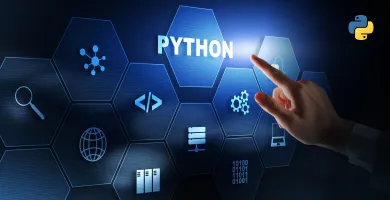




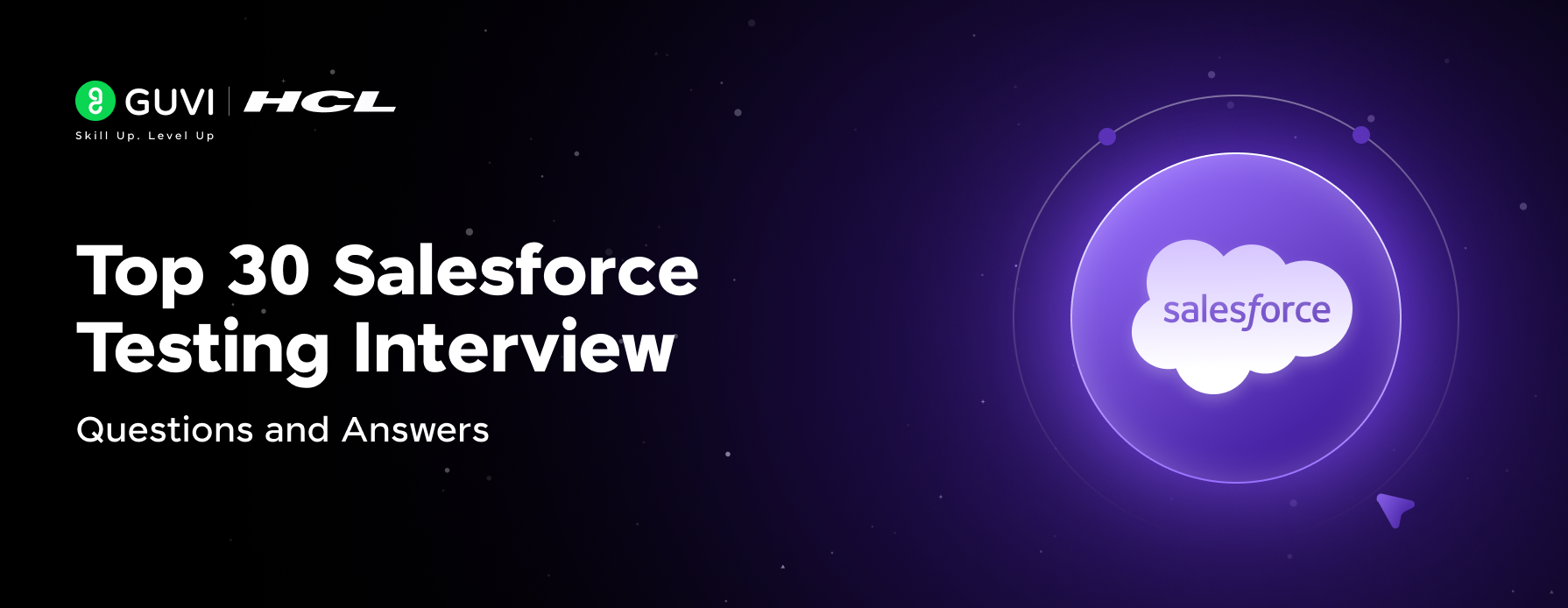
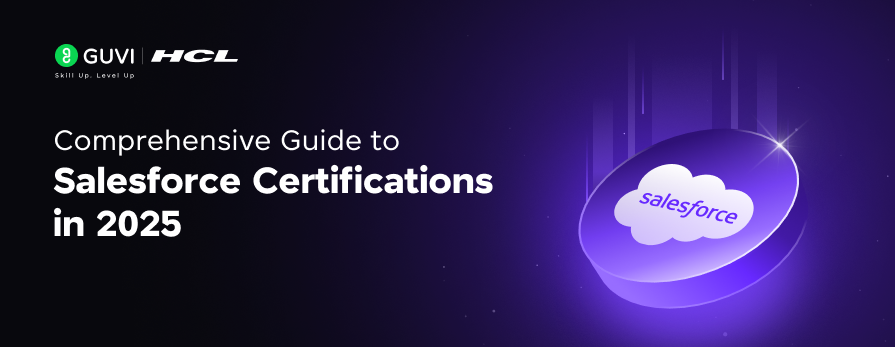
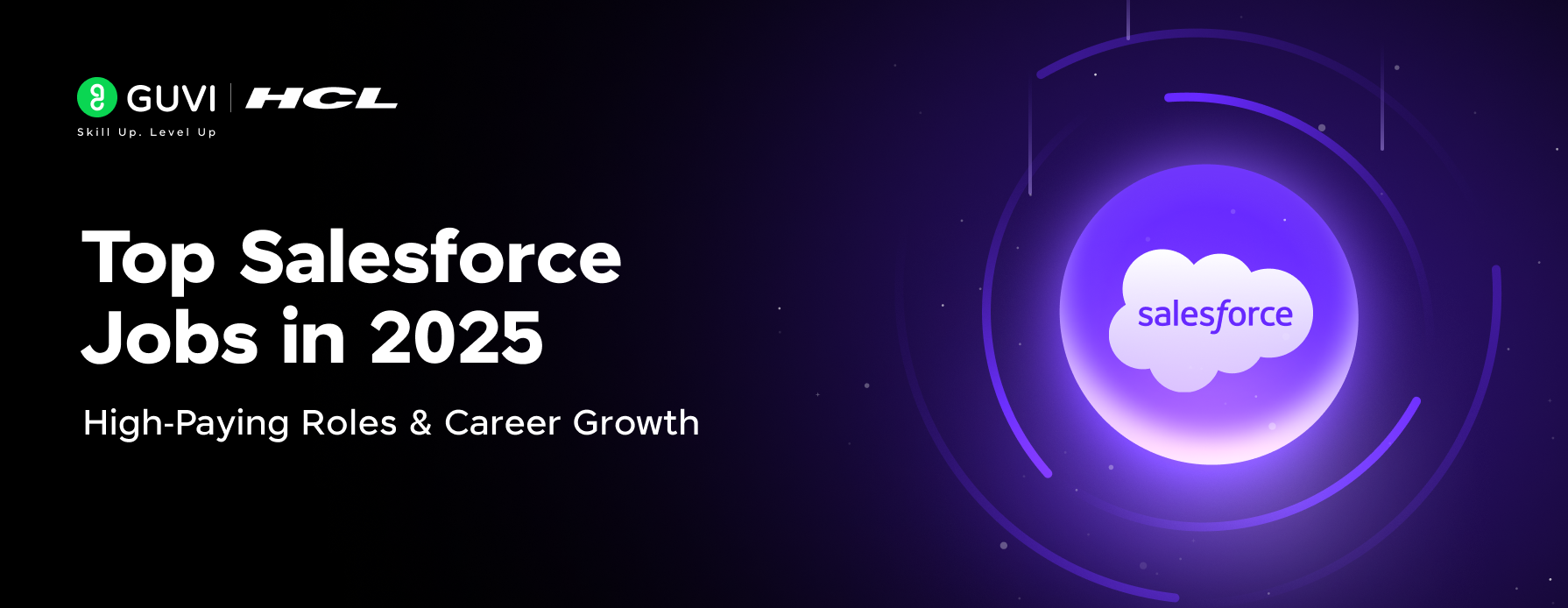
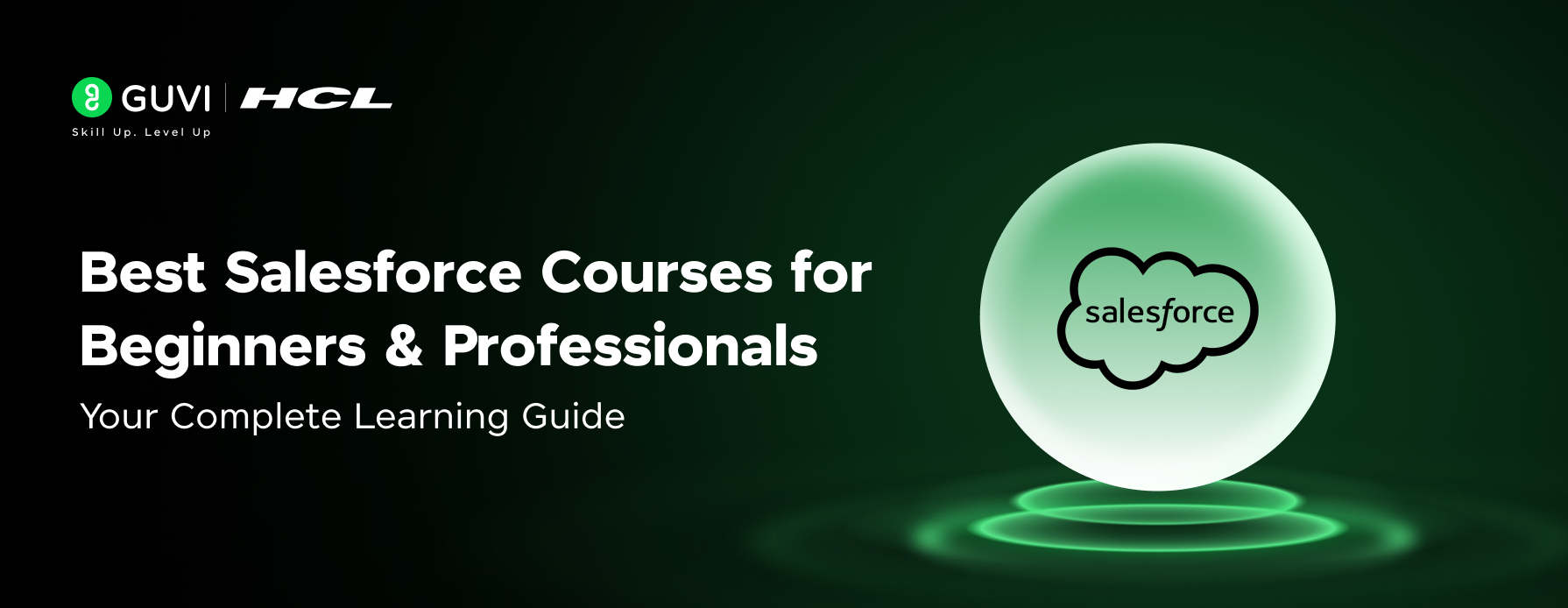
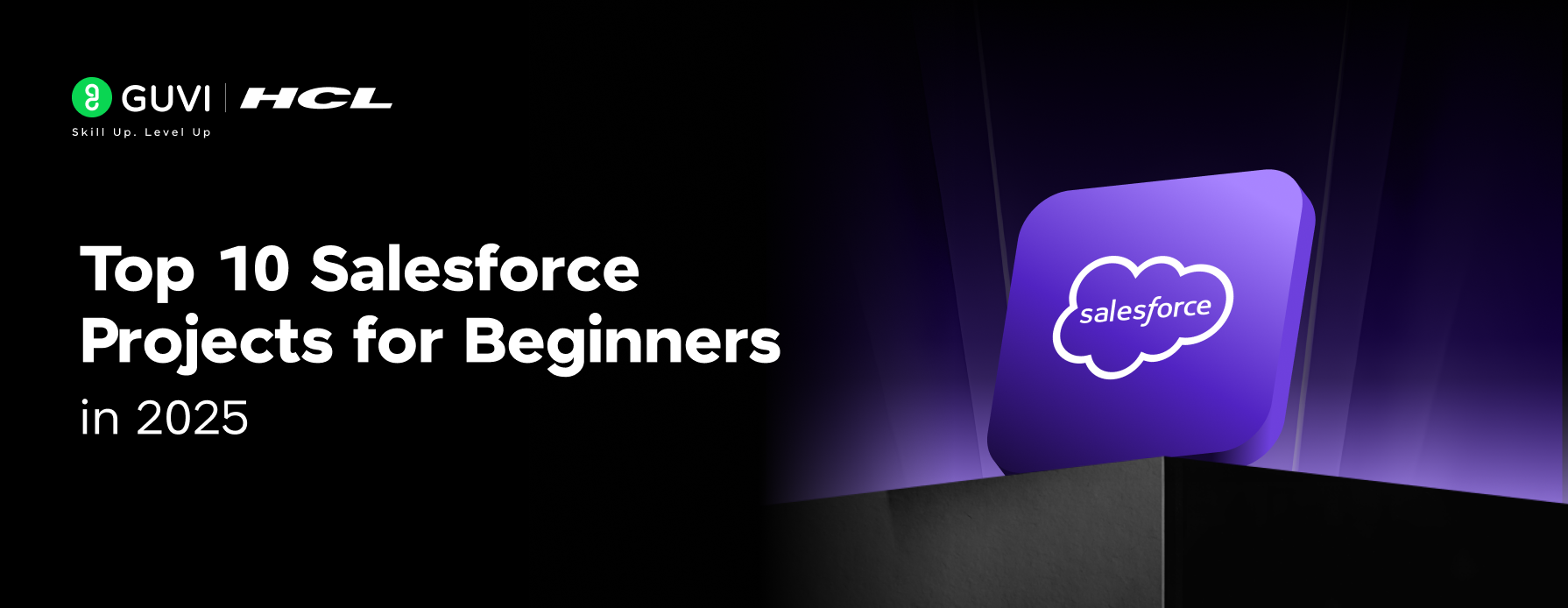
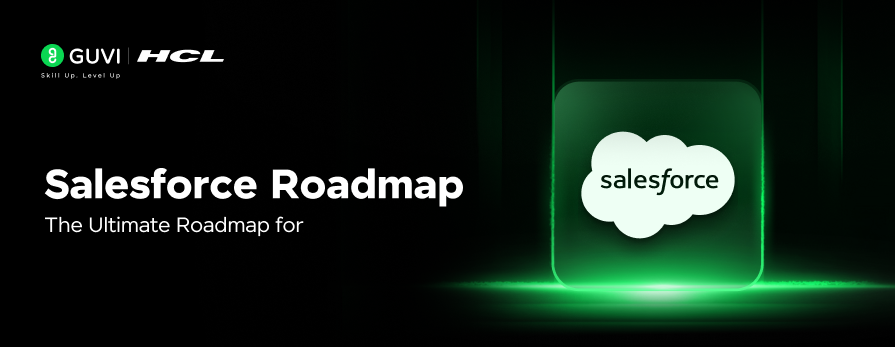
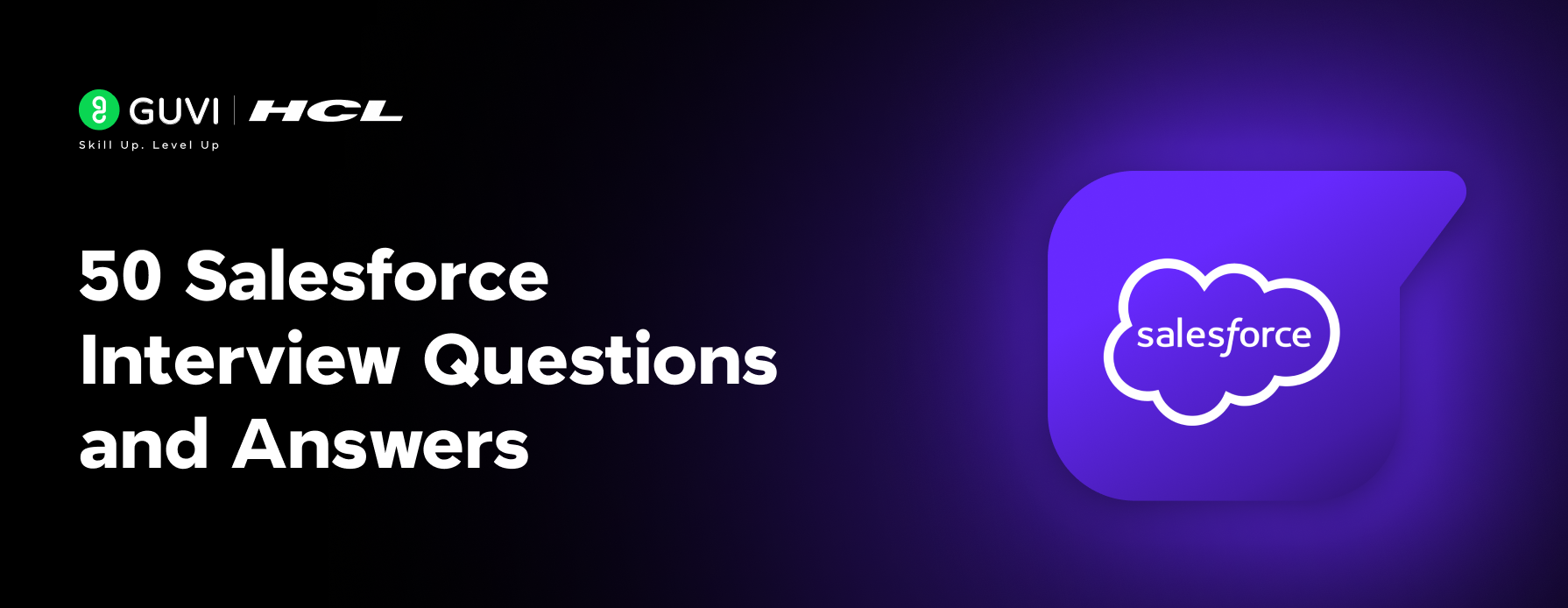
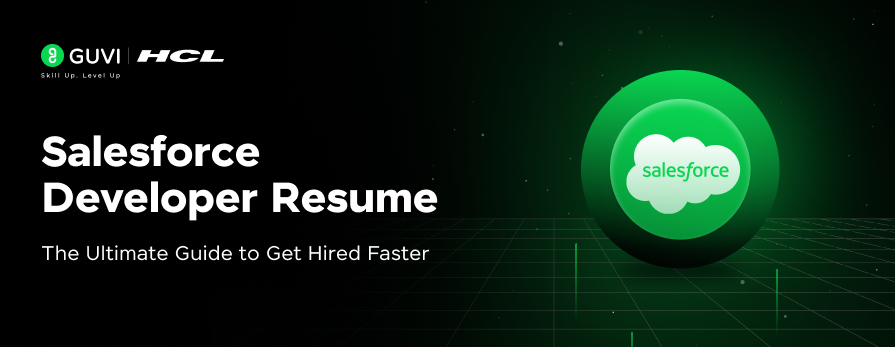




Did you enjoy this article?